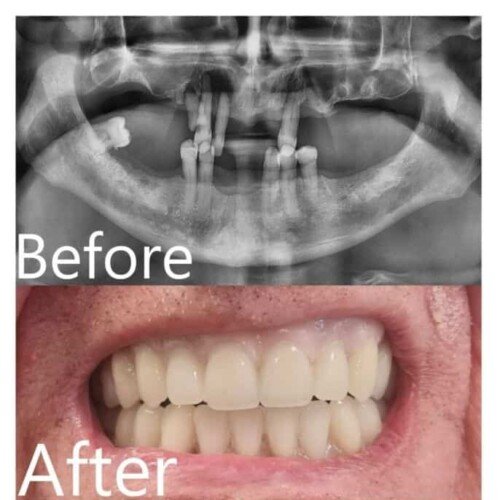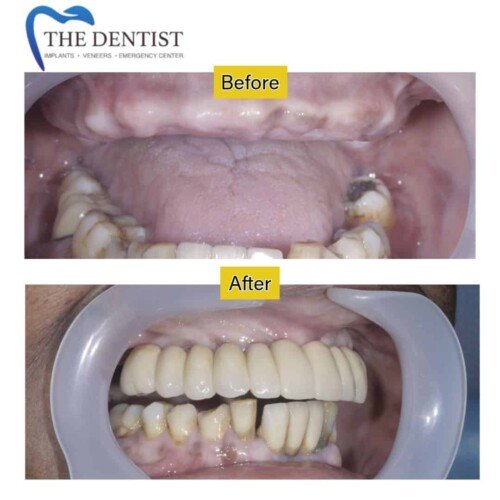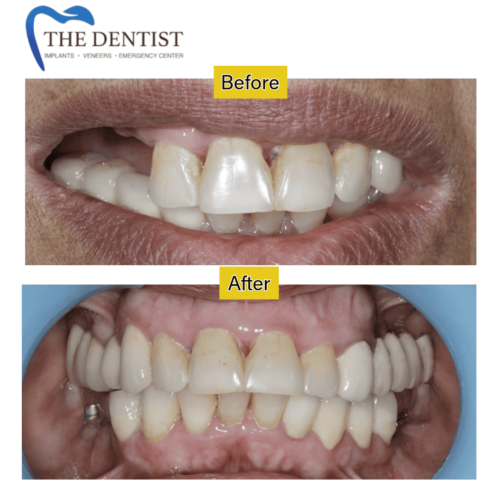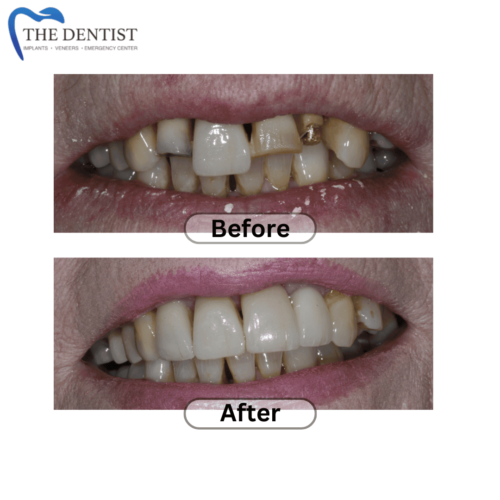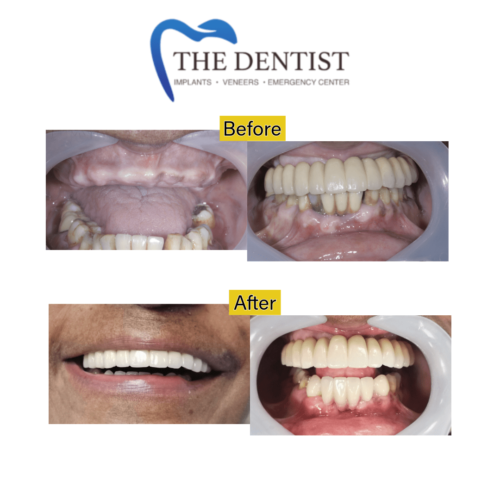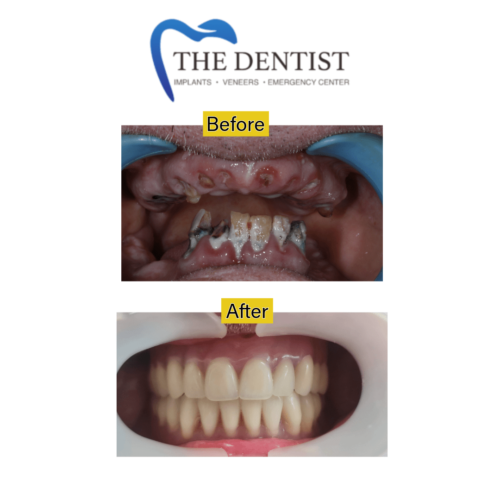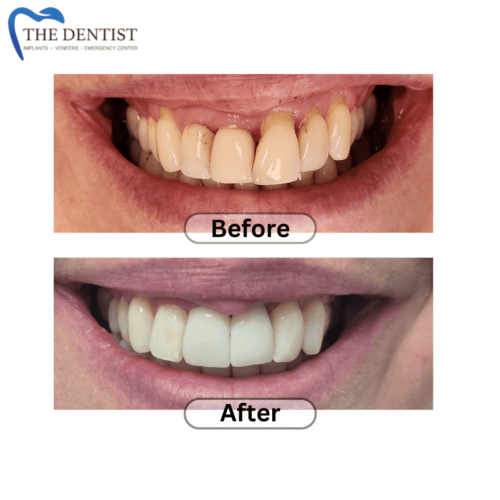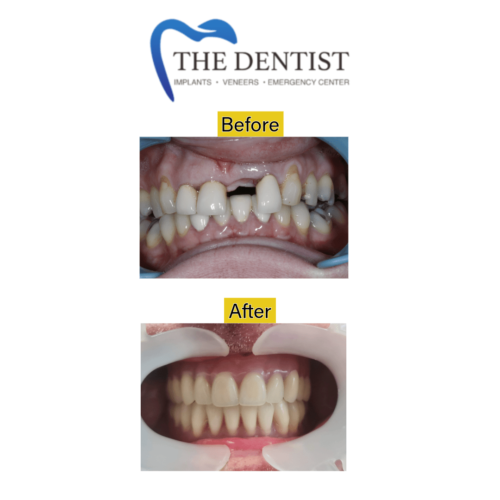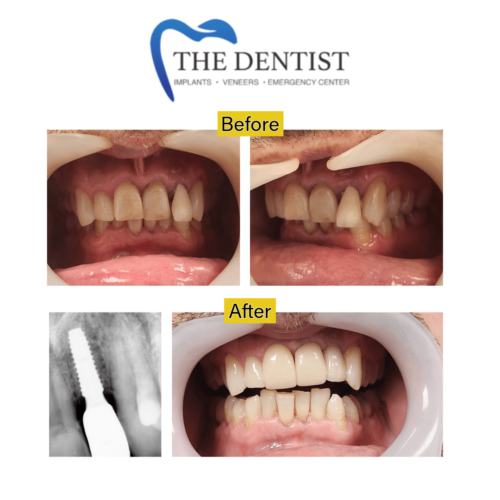Looking for Dental Implants in Birmingham or Walsall?
The Dentist West Midlands offers long-lasting, natural-looking tooth replacements with dental implants. We serve patients across Birmingham and surrounding areas with same-day consultations, 3D scans, and personalised treatment plans. Call 01922 624900 to book your implant consultation today.
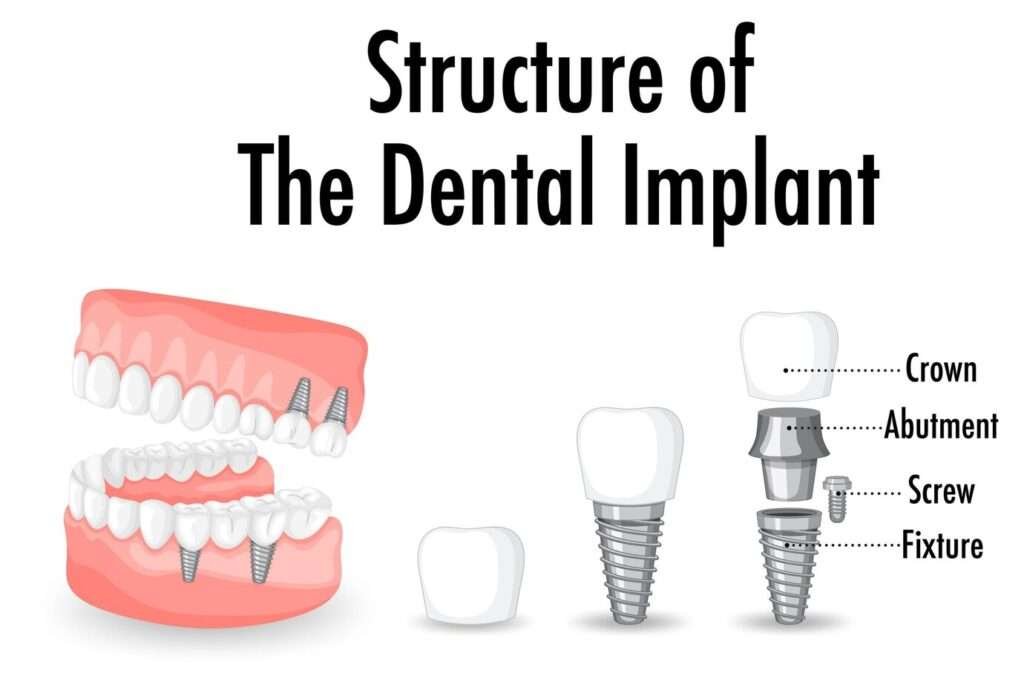
Clinic Summary
- Name: The Dentist West Midlands
- Location: 341 Birmingham Road, Great Barr, Birmingham, B43 7AP
- Phone: 01922 624900
- Services: Dental Implants, All-on-4 Implants, 3D Scans, Veneers
- Service Area: Birmingham, Walsall, West Bromwich, Sutton Coldfield
- Appointments: Available 24/7 on Call, Online Booking Available
Why Choose Private Dental Implants?
- Long-Lasting Solution: Implants can last decades with proper care, unlike bridges or dentures that may need frequent replacements.
- Natural Look and Feel: Each implant is custom-crafted to match the shape and shade of your existing teeth.
- Improved Comfort and Function: Enjoy a stable bite, clear speech, and freedom from messy adhesives.
- Bone Preservation: Implants stimulate the jawbone, helping to prevent bone loss and facial sagging.
If you’ve been looking for private implants that offer personalized attention and minimal wait times, our dental implant clinic Birmingham is dedicated to providing top-tier care.
Family Dental Implants Walsall
Our practice also serves families in the Walsall area, offering family dental services for those who need to replace missing teeth. From single implants to full-arch restorations, we tailor each treatment plan to the patient’s age, health, and lifestyle. We believe everyone deserves access to high-quality dental implants near me, regardless of how many teeth need to be replaced.
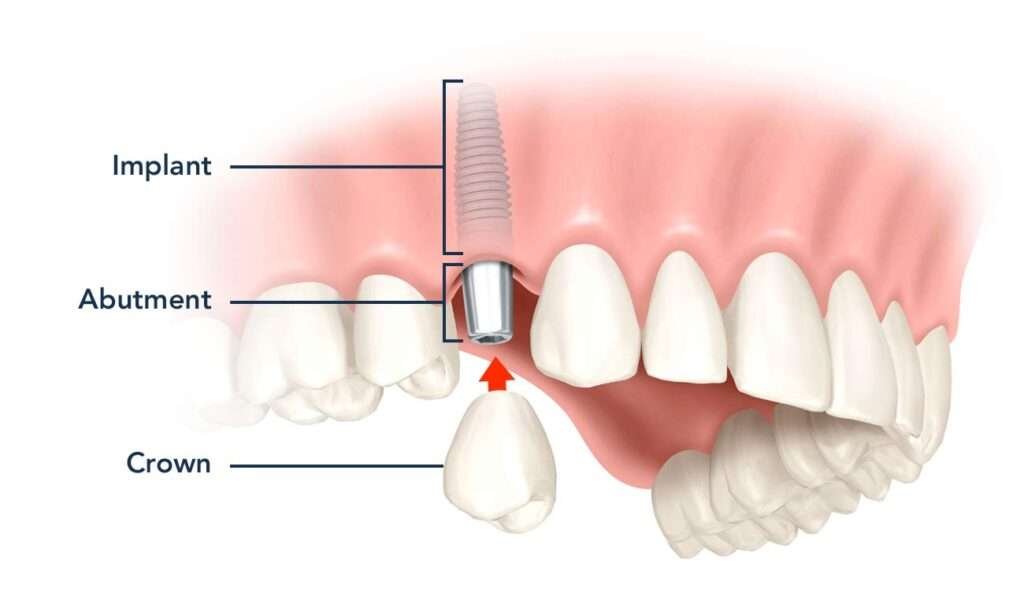
Combining Dental Implants and Veneers
For patients seeking a comprehensive smile makeover, dental implants veneers can be a game-changer. By replacing missing teeth with implants and enhancing existing teeth with veneers, you can achieve a harmonious, fully revitalized smile. Our experienced cosmetic dentists will help you determine if this combination is the right choice for your aesthetic goals.
Step-by-Step Dental Implant Procedure at Our Birmingham Clinic
- Initial Consultation: We assess your oral health, take X-rays or 3D scans, and discuss your treatment goals.
- Treatment Planning: A custom plan is created, outlining the type and number of implants needed.
- Surgical Placement: Our implant and oral surgery center is equipped with modern technology to ensure precise, comfortable implant placement.
- Healing and Osseointegration: Over the next few months, the implant fuses with your jawbone, providing a stable foundation.
- Final Restoration: We attach a custom crown, bridge, or denture to complete your smile.
Throughout the process, our team will provide personalized aftercare instructions and schedule check-ups to monitor your progress.
Patient Success Stories
Dental Implant Cost in Birmingham: Transparent Pricing & Finance
We understand that cost is an important factor when considering private implants. Our practice offers:
- Transparent Pricing: We’ll provide a detailed breakdown of your treatment fees upfront.
- Interest-Free Financing: Spread the cost over manageable monthly payments (subject to terms and conditions).
- Insurance Assistance: If applicable, we can help you navigate your insurance plan for potential reimbursement.
Investing in dental implants near me can save you from future complications and ongoing expenses tied to less permanent solutions.
Frequently Asked Questions
With proper oral hygiene and regular check-ups, implants can last 10–20 years or longer.
Most patients report minimal discomfort. We use local anesthesia and offer sedation options to ensure a comfortable experience.
We’ll need to treat any active gum disease first. Once your oral health is stable, you may be a suitable candidate.
Bone grafts or sinus lifts can help create a strong foundation for your implants.
Schedule Your Consultation
Ready to reclaim your smile with Dental Implants Birmingham? Call us at 01922 624900 or book an appointment online to visit our dental practice in Birmingham. Whether you need a single implant, family dental implants Walsall, or a complete smile makeover involving dental veneers, we’re here to guide you every step of the way.
Related Services
Available Appointments
Key:
Any Appointment (including emergencies) Emergency Appointment OnlySunday, 02/11/2025
Monday, 03/11/2025
Tuesday, 04/11/2025
Wednesday, 05/11/2025
Monday, 10/11/2025
Tuesday, 11/11/2025
Friday, 14/11/2025
Monday, 17/11/2025
Tuesday, 18/11/2025
Friday, 21/11/2025
Monday, 24/11/2025
Tuesday, 25/11/2025
Friday, 28/11/2025
Monday, 01/12/2025
Tuesday, 02/12/2025
If the appointment you are looking for isn't available or there are no appointments available, there may be a fault with our online booking. Please click here to enquire by email or call us on 01922 624900.

